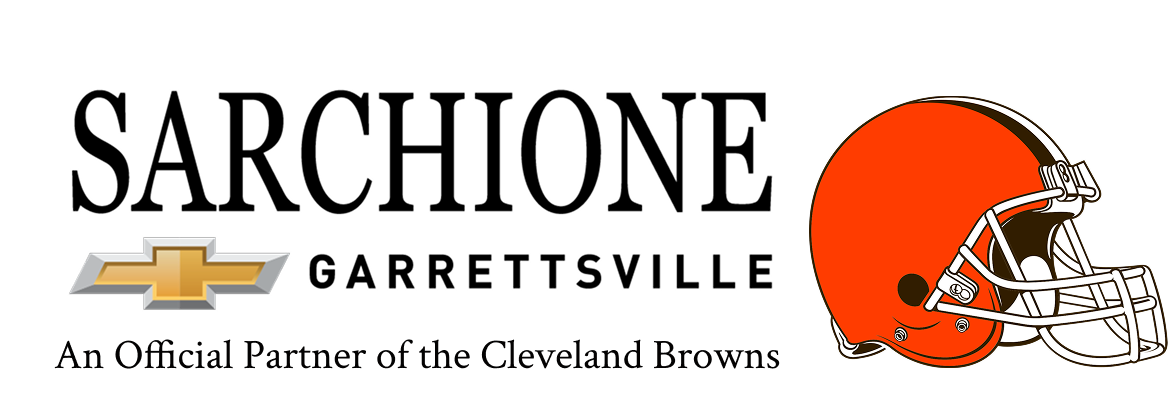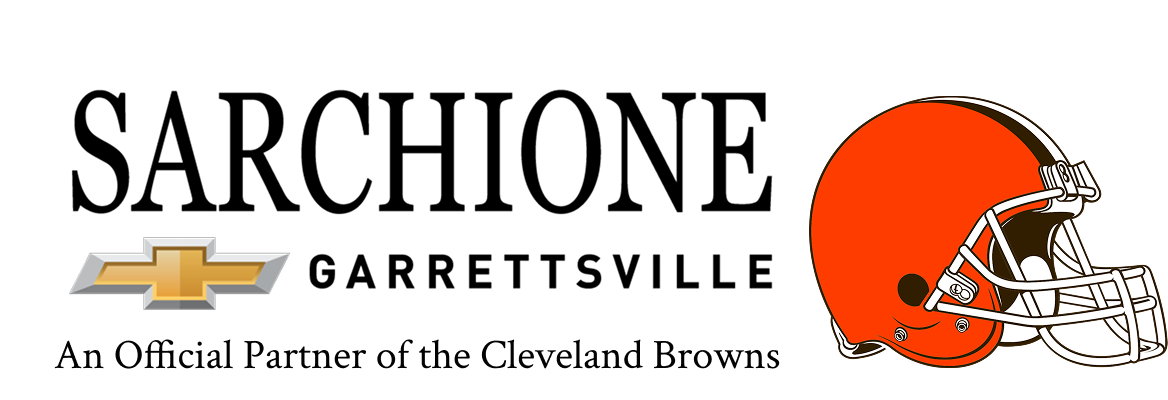A Chevy tire puncture can cause significant inconvenience, especially if you're far from home or in an unfamiliar location. Whether it’s caused by a nail, sharp object, or road debris, knowing how to handle a Chevy tire puncture is crucial to keeping your vehicle in top condition.
Addressing the issue properly can prevent further damage to your tire, improve your safety, and save you from unnecessary costs down the road.
Identifying the Cause of the Puncture
Before you take action, it's important to assess the situation carefully. A Chevy tire puncture can be caused by several factors, from small objects embedded in the tire tread to larger issues like a damaged valve stem or sidewall puncture.
The most common cause of a puncture is a sharp object, like a nail or screw, that has made its way into the tire. In these cases, the puncture may result in a slow loss of air pressure, which can lead to a flat tire over time.
If you notice a sudden flat or a dramatic decrease in tire pressure, it’s important to inspect the tire carefully to identify the source of the puncture. If you can pinpoint the object, avoid removing it until the tire is properly assessed by a professional, as removing it prematurely can cause more damage.
Dealing with a Slow Leak
In cases where the Chevy tire puncture is slow, it’s vital to monitor the tire’s pressure closely. You may not notice an immediate flat, but the tire will lose air steadily over time.
If you find that the tire pressure is low but the puncture isn’t immediately obvious, a careful inspection of the tire can reveal small objects lodged within the tread. It’s always wise to consult with a professional to determine if the tire can be repaired.
A slow leak can usually be fixed with a plug or patch, depending on the location and severity of the puncture. However, some punctures may be too large or in the sidewall, which would require a tire replacement instead.
Handling a Flat Tire on the Road
If your Chevy tire puncture results in a flat, the first thing to do is guarantee your safety. Move your Chevy vehicle to a safe area, away from traffic. Turn on your hazard lights and activate the parking brake to avoid any movement while you address the situation. If you have a spare tire, a jack, and the necessary tools, you can replace the flat tire with the spare.
However, if you're not comfortable changing the tire yourself or if the puncture is too severe for a simple spare tire fix, it’s best to call for roadside assistance. Many service providers will arrive quickly to replace your flat tire or tow your vehicle to a repair shop.
When to Seek Professional Help
For minor punctures, a tire repair shop may be able to patch the tire, restoring it to its full functionality.
However, if the puncture is too large, located in the sidewall, or if there’s significant internal damage to the tire, a replacement is the only safe option. It’s important to seek professional help when you’re unsure about the extent of the damage or if the tire’s integrity is compromised.
A certified mechanic or tire specialist will inspect the tire thoroughly to determine if it can be repaired or if it needs replacing. They will also check for any additional issues, such as rim damage or misalignment, that might have occurred as a result of the puncture.
Preventing Future Punctures
While you can’t always avoid road debris or other hazards, there are several things you can do to reduce the likelihood of a Chevy tire puncture. Keeping your tires properly inflated helps maintain tire strength and prevents excessive wear. Regular tire maintenance at a Chevy service center, such as rotating the tires and inspecting for damage, can also help you spot potential issues before they become bigger problems.
Driving with caution, particularly in areas with construction or debris, will reduce the chances of encountering a puncture. If you frequently drive in areas where tire damage is common, consider investing in puncture-resistant tires, which offer an added layer of protection.
A Chevy tire puncture may seem like a minor inconvenience. However, handling it properly can help you avoid further damage and assure your safety on the road. Whether you need a simple repair or a full tire replacement, it's always best to seek professional assistance when dealing with tire issues.


